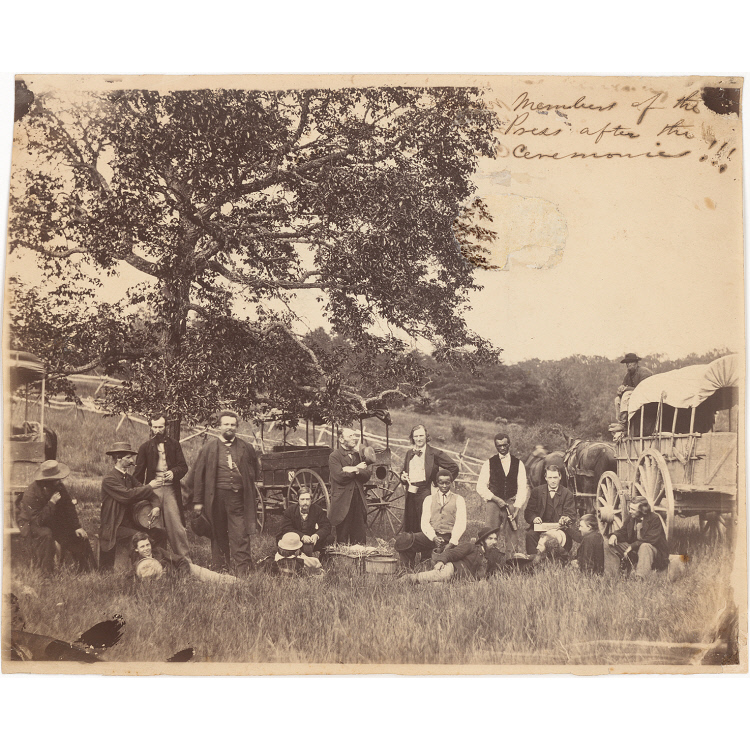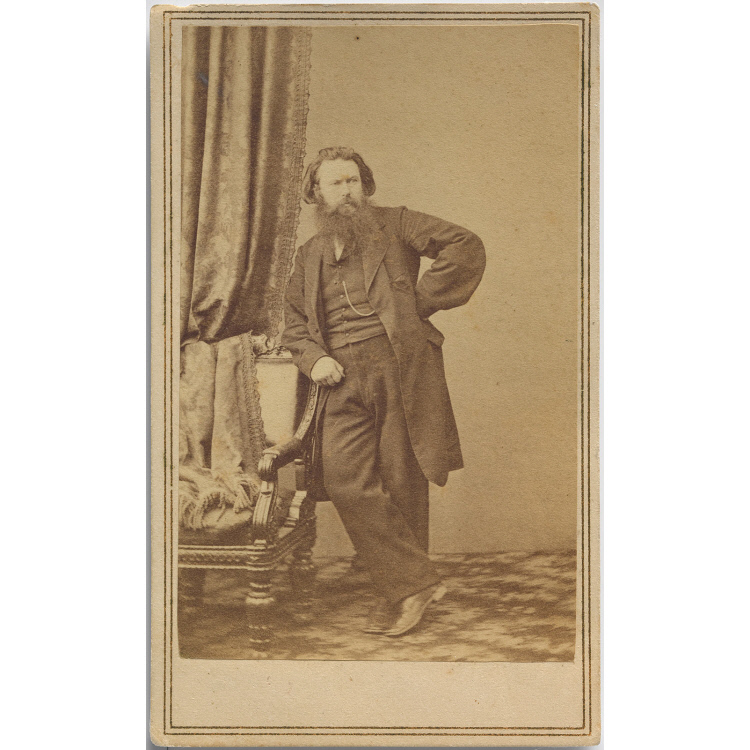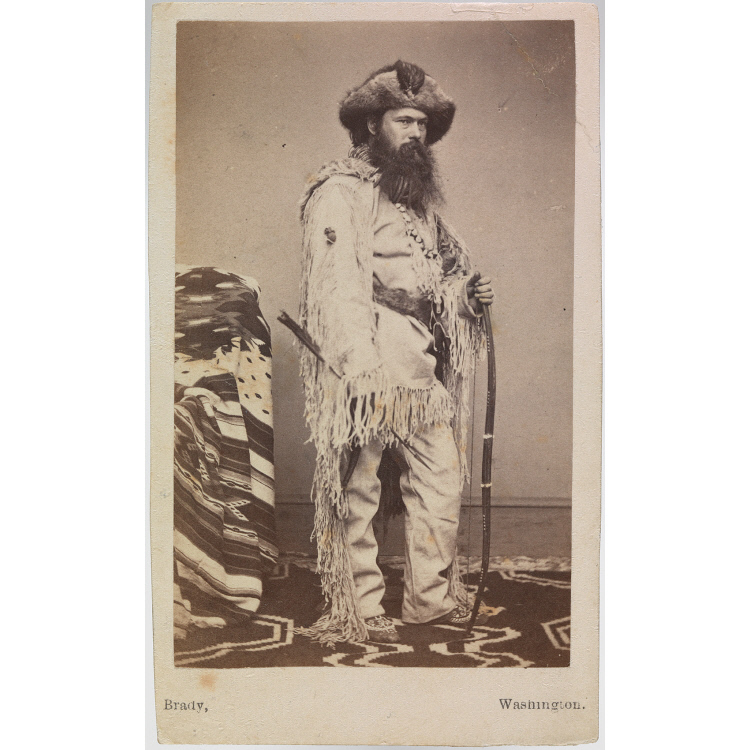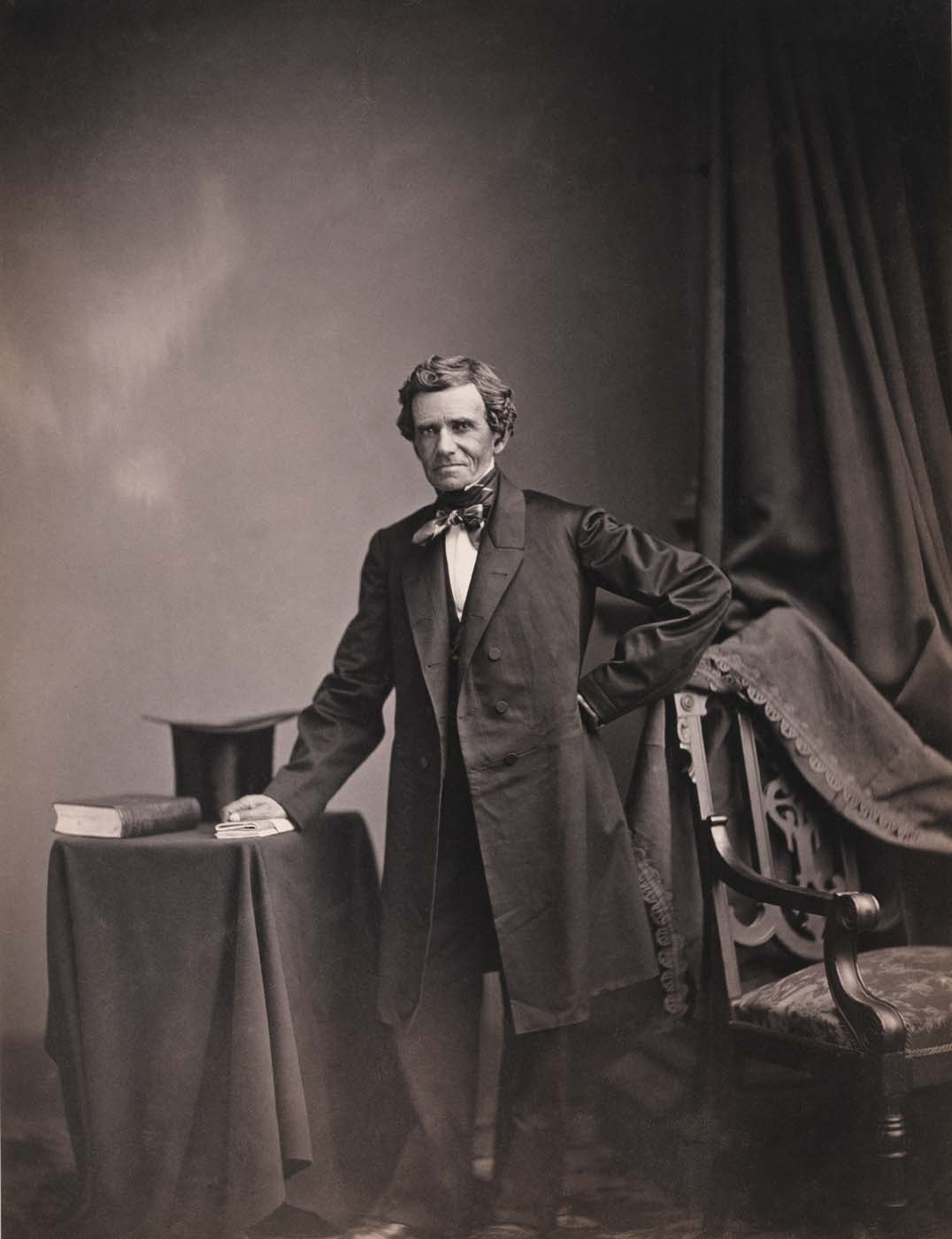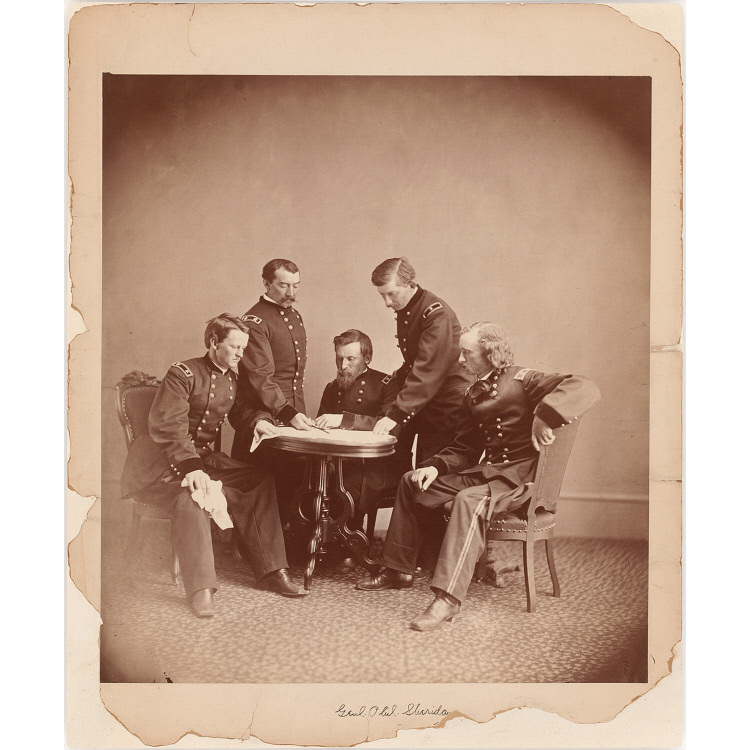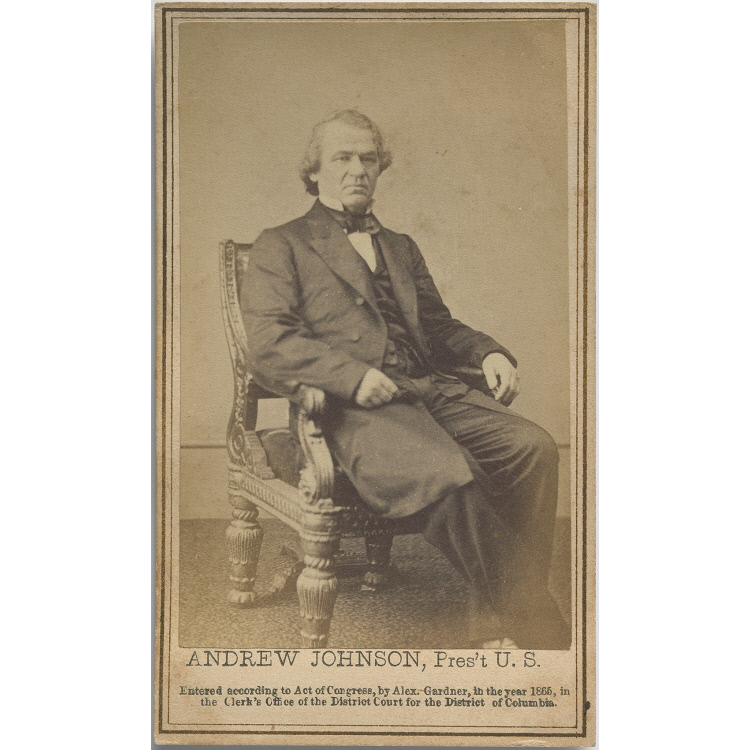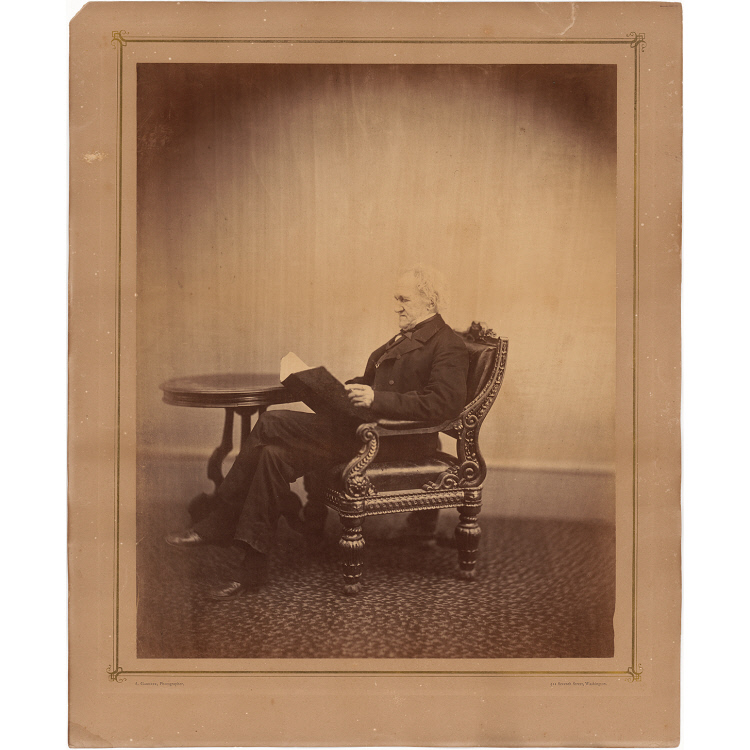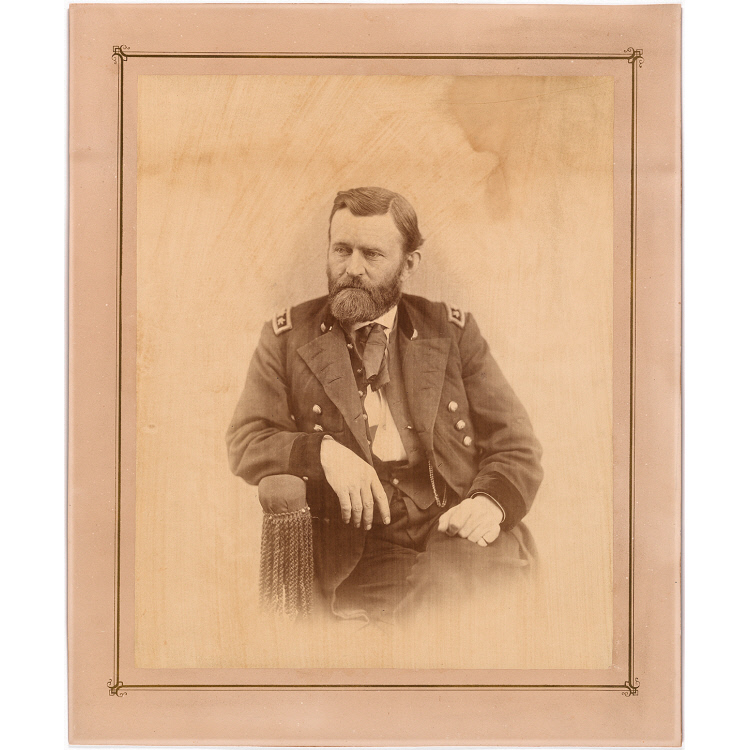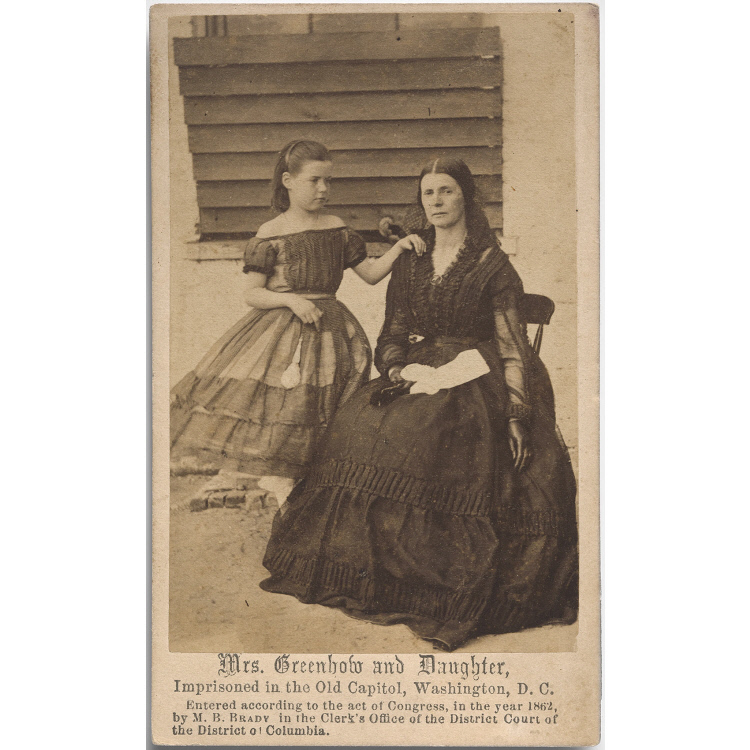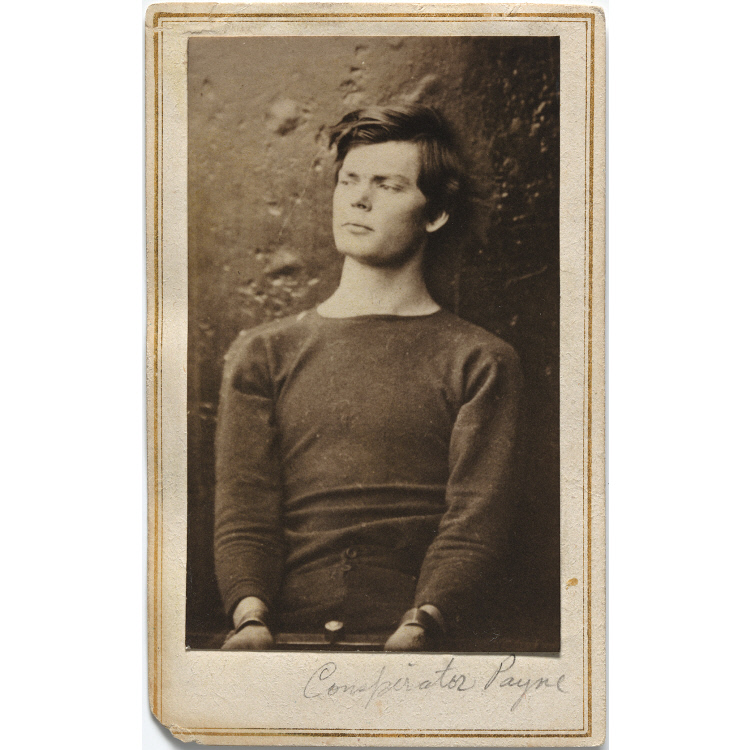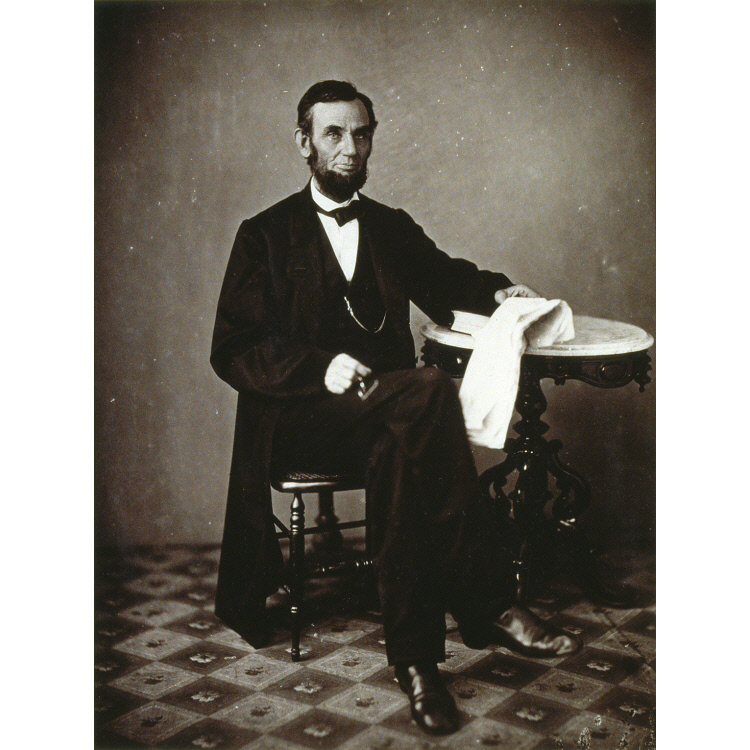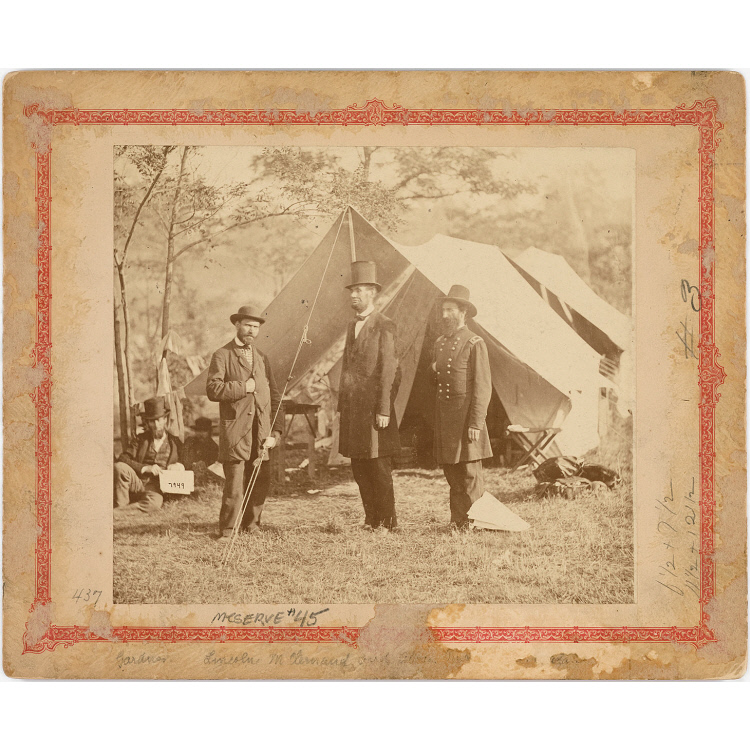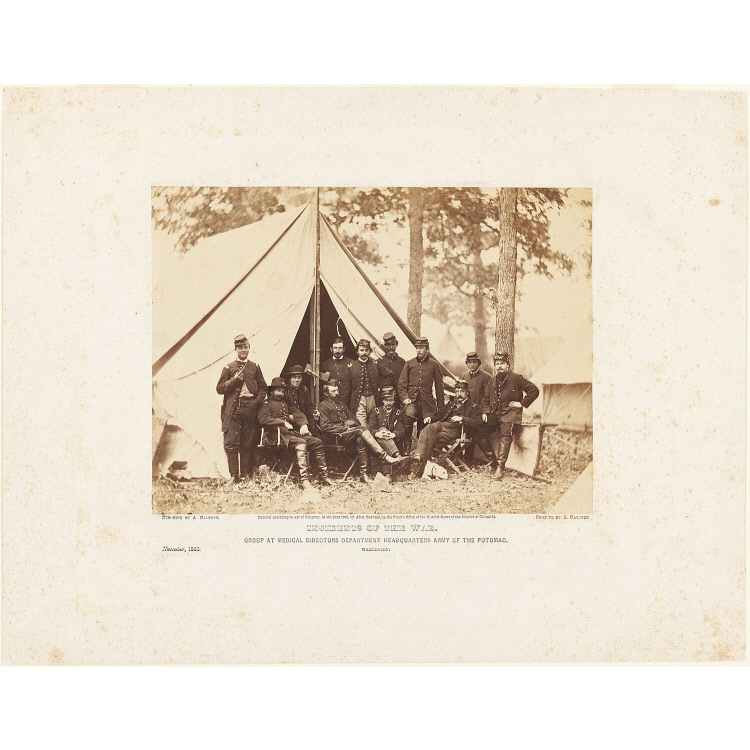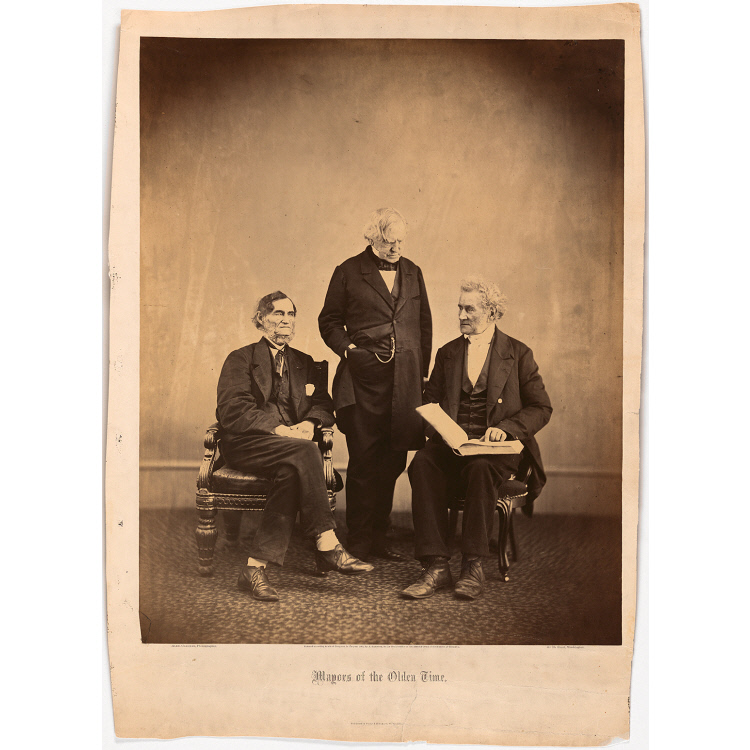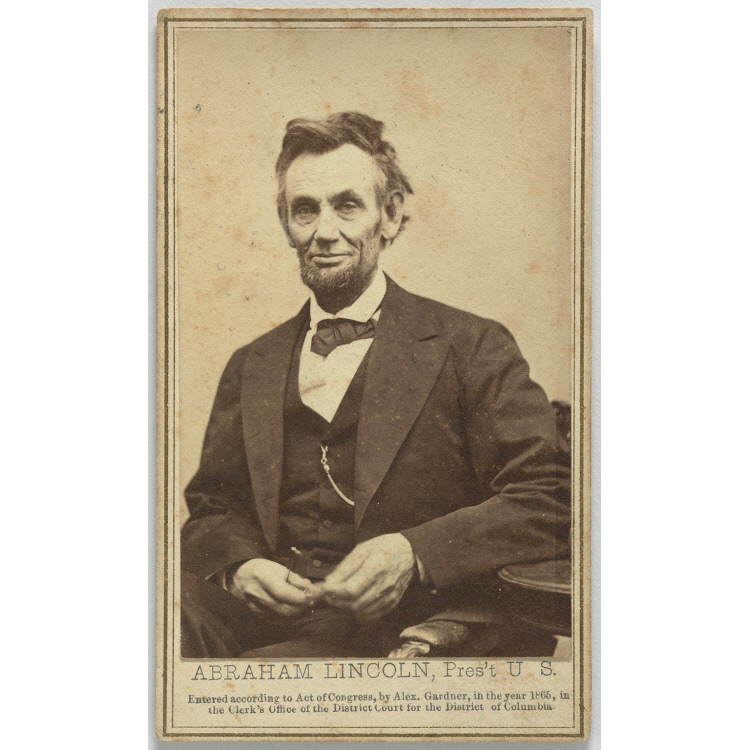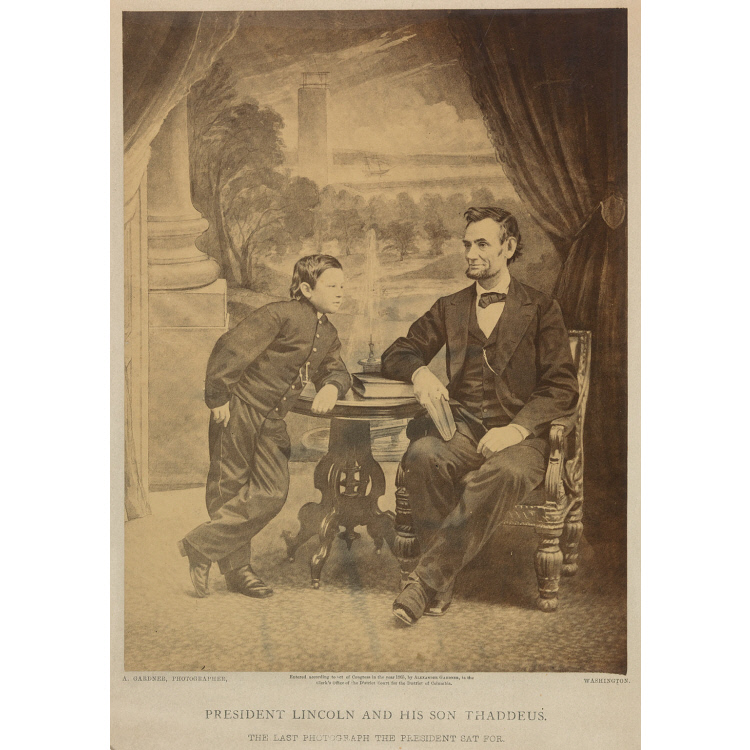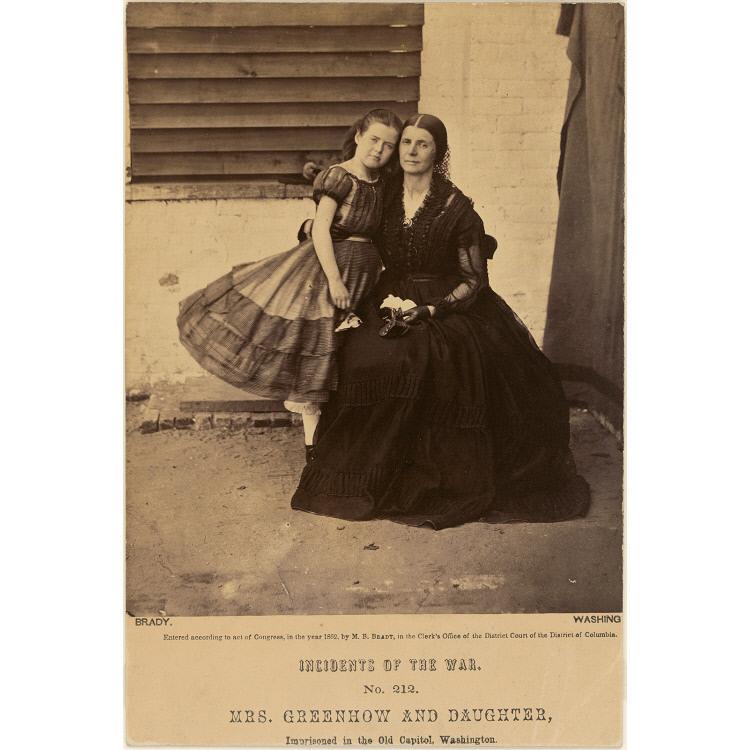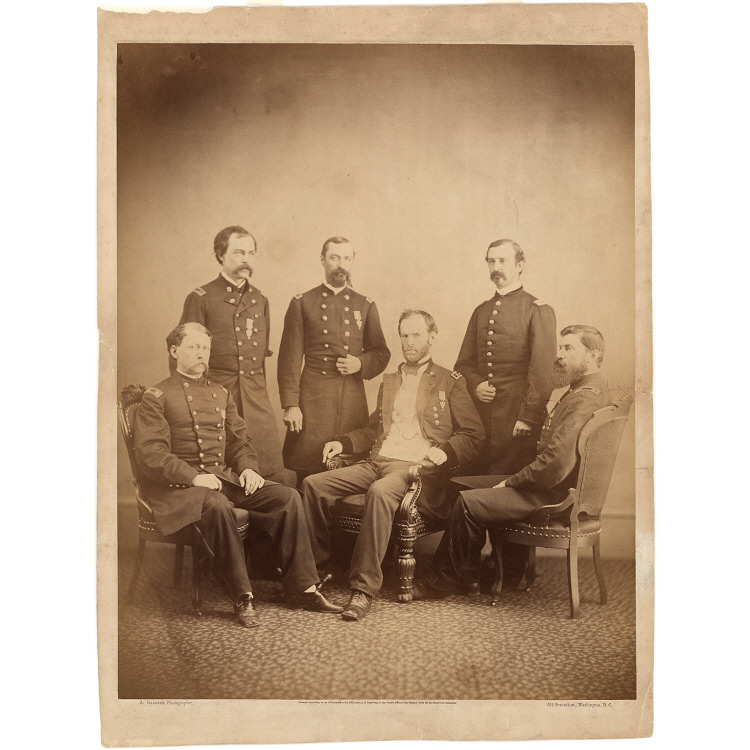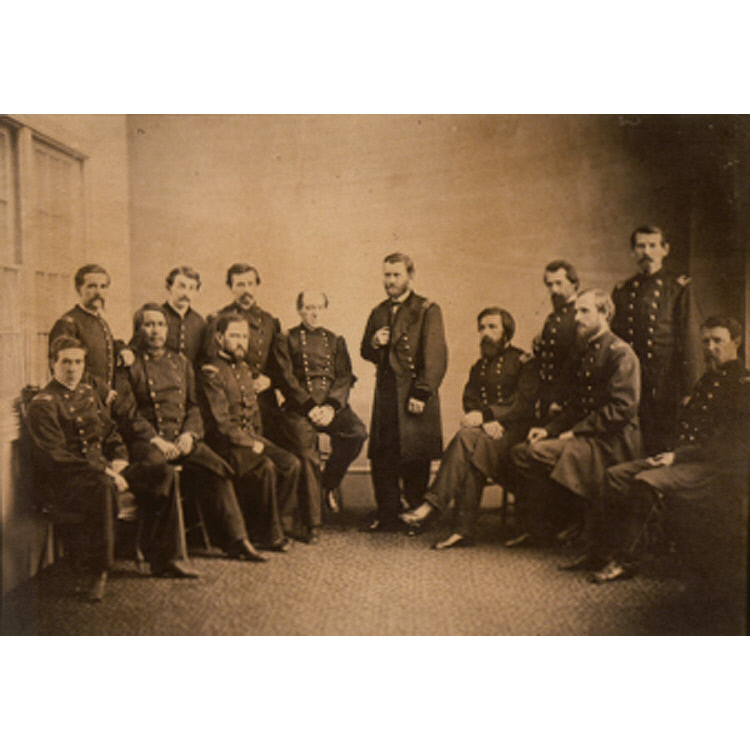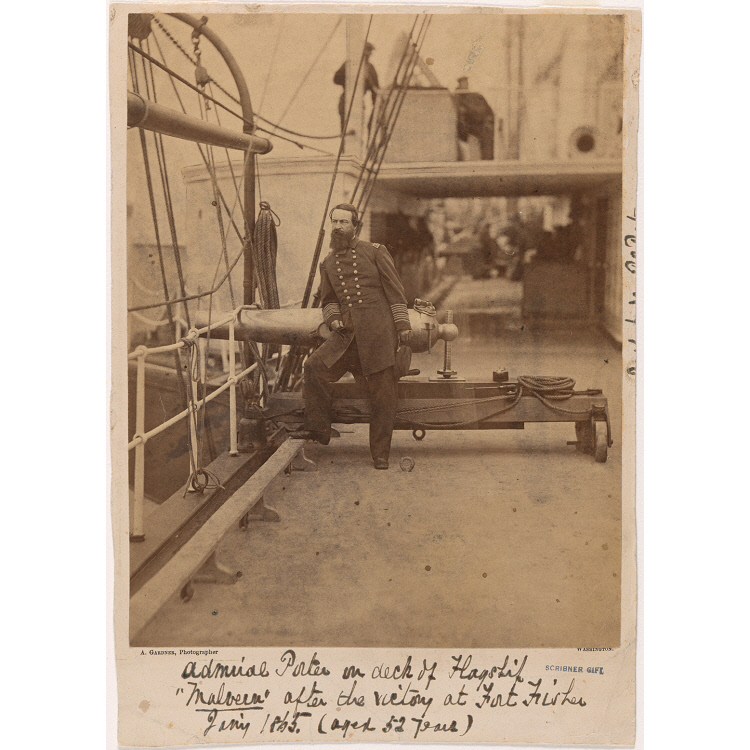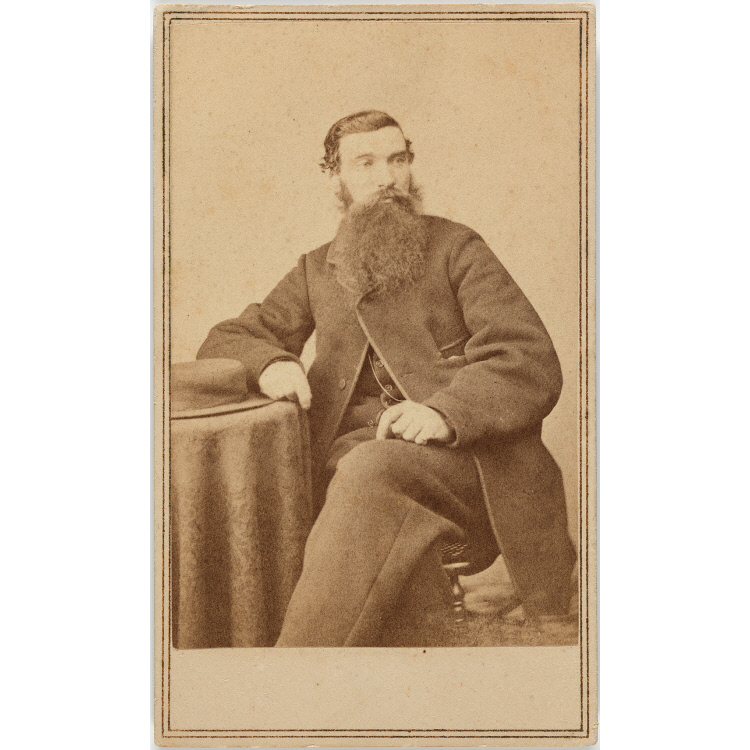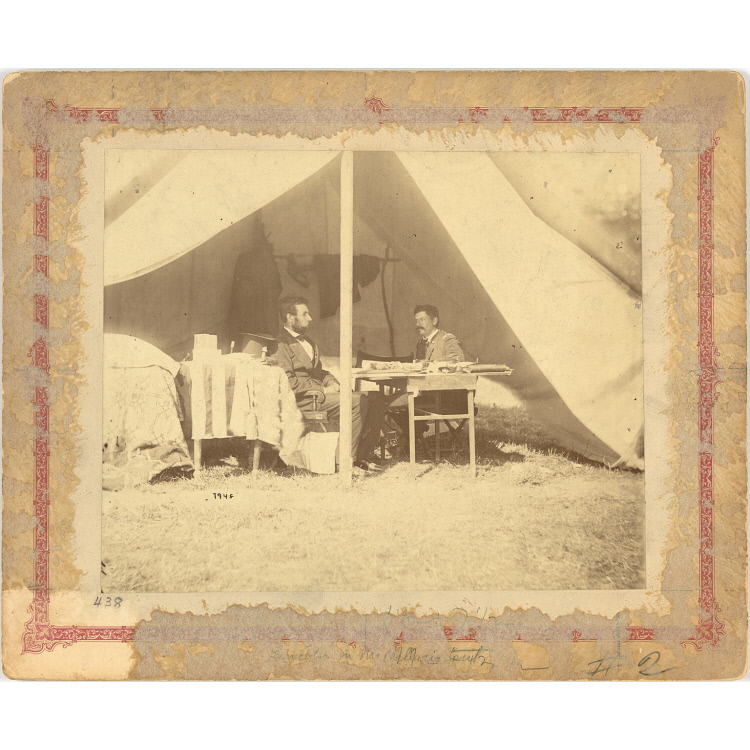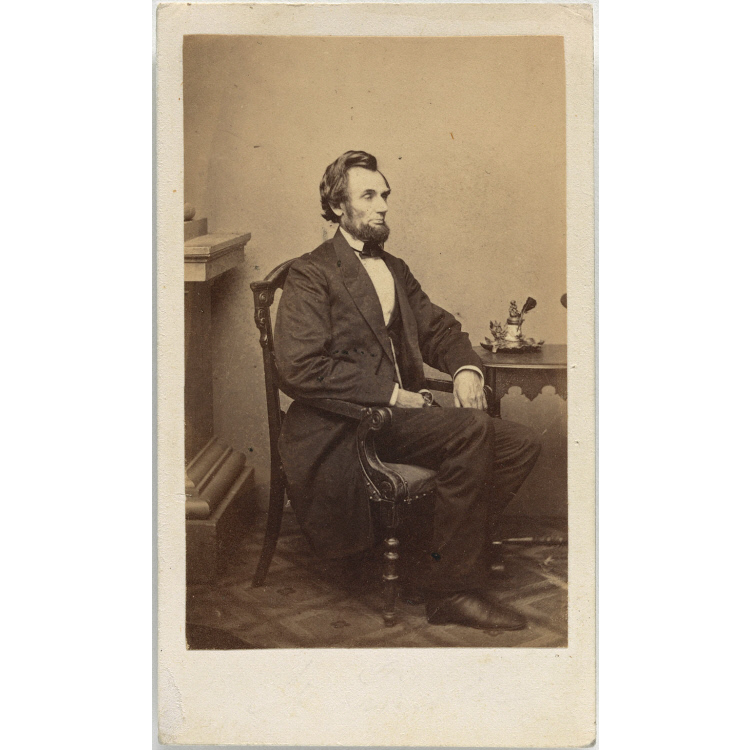Alexander Gardner
By the time Alexander Gardner emigrated from Scotland to the United States in 1856, he was already an accomplished photographer, with an interest in optics, astronomy, and chemistry. He introduced himself to Mathew Brady, whose work Gardner had seen at the Crystal Palace exhibition in London. Brady was impressed by Gardner's expertise with the difficult wet-plate negative/paperprint process, which was rapidly displacing the daguerreotype in America. In 1858 Garnder moved to Washington, D.C., to manage Brady's gallery there. For a short time he was part of Brady's team of Civil War photographers, but in a disagreement over attribution of his work (Brady published all pictures taken by his staff as the work of Brady & Co.), Gardner left to establish his own business photographing the war. In 1866 he published Gardner's Photographic Sketch Book of the War, a two volume work with text and one hundred images taken by himself and several other photographers, including Timothy O'Sullivan and John Reekie, whos images are meticulously credited.
Burnside Bridge, Across Antietam Creek, Maryland shows the site of some of the most desperate fighting during the Battle of Antietam. The accompanying caption in the Sketch Book describes a battle scene in which "the dead and wounded on the field...seemed countless," and an aftermath in which "the Confederates were burried where they fell, and our own dead carefully interred in groups, which were enclosed with the material of fences overthrown in the struggle." In fact, the picture was taken sometime after the battle. Documenting a landscape that hides a cemetery, the photographer shows a bridge — "the only monument of many gallant men who sleep in the meadow at its side."
Merry A. Foresta American Photographs: The First Century (Washington, D.C.: National Museum of American Art with the Smithsonian Institution Press, 1996
